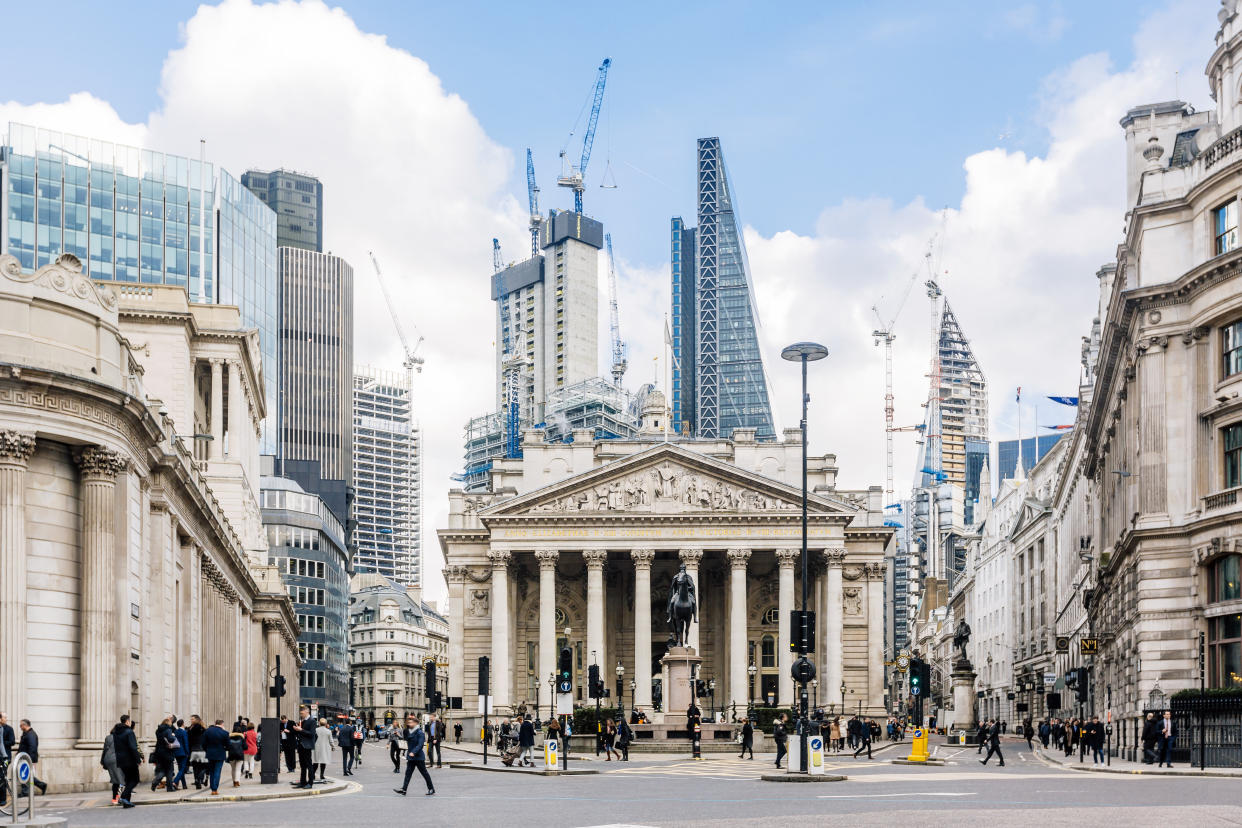Shop discounts keep inflation in check but BoE's price rise forecast still stands

Wednesday's UK inflation figures have provided a short-term respite ahead of a big hill to climb in terms of the post-COVID economic recovery.
Analysts across the board have noted the drop to from 2.5% in June to 2% in July recorded by the ONS was merely a blip and that the pullback doesn't invalidate the Bank of England's forecast for inflation to hit 4% before 2022 — double its target rate.
The consumer price index was held back by an artificial bump in prices a year ago when the ONS stopped using estimates and started measuring prices. When this drops out of the figures, inflation will rise.
At the time of its 4% forecast, the Bank said price rises were set to hit a 10-year high in the final quarter of 2021. The forecast suggested the Bank may have to consider increasing borrowing costs via an interest rate hike.
“We are not out of the woods quite yet," said Danni Hewson, financial analyst at AJ Bell. "Nando’s is the latest restaurant to be hit by supply chain issues, which are expected to continue right through the rest of the year. The prices paid and charged by factories are still going up and shortages and shipping costs will make the next few months a rather expensive business for importers."
Watch:What is inflation and why is it important?
Hewson says that job numbers and wage hikes announced on Tuesday will all also tie into this picture.
The U-shaped recovery in the labour market is causing labour shortages in some industries like health and social work and wage inflation. Underlying wage growth increased to 4% in the three months to June. But the picture is also being complicated by the wind down of furlough, which is yet to play out in data.
"If people have more to spend, they might be prepared to keep spending just that little bit more and businesses might need to push up prices to cover their costs, creating a lovely muddy circle."
Read more: European markets open higher after a day of selling
Despite rising inflation expectations, the Bank's Monetary Policy Committee (MPC) kept the UK's interest rate at a historic low of 0.1% earlier in August. Higher interest rates are typically used by central banks to rein in inflation by encouraging people to save rather than spend.
Rate setters stood pat because of a belief that inflation is only temporary and will fade over the next 12 months.
"Even at 2%, inflation can do serious damage to your savings, so we need to protect ourselves by refusing to settle for miserable rates from the high street giants. These usually offer 0.01% on easy access, while the average is 0.07%, and the most competitive without restrictions is 0.65%," said Sarah Coles, personal finance analyst at Hargreaves Lansdown.
"For any cash beyond our emergency savings of 3-6 months’ worth of essential expenses it’s worth considering tying it up for a better rate. Fixing your savings for 12 months, for example, will earn you up to 1.3%, which will significantly reduce the damage inflation does to your savings."
Coles recommends investing any money you might not need for the next five to 10 years.
If inflation proves to be a bigger problem than anticipated in the months to come, it could prompt a Bank of England rate hike before the economy has fully recovered from the pandemic.
"Yes, July has brought a surprising bit of breathing space, but this inflationary story doesn’t seem to have quite run its course," said Hewson.
Watch: How to save money on a low income


